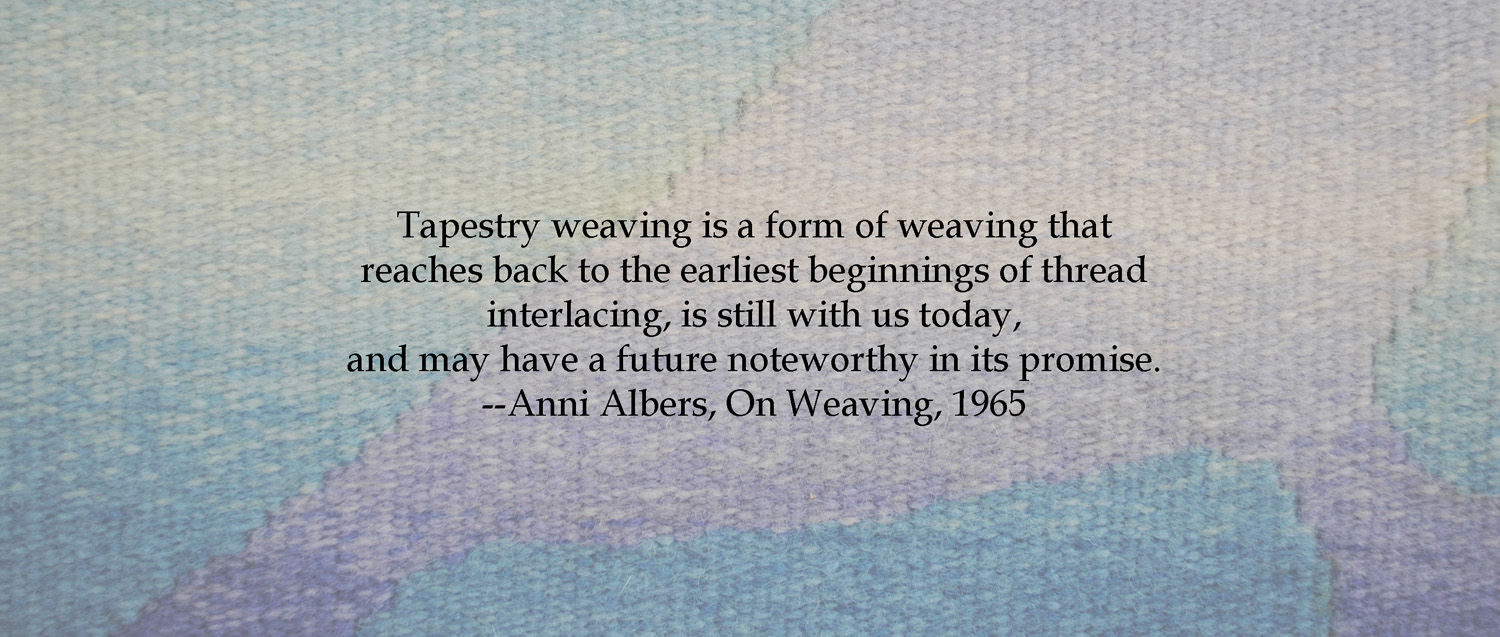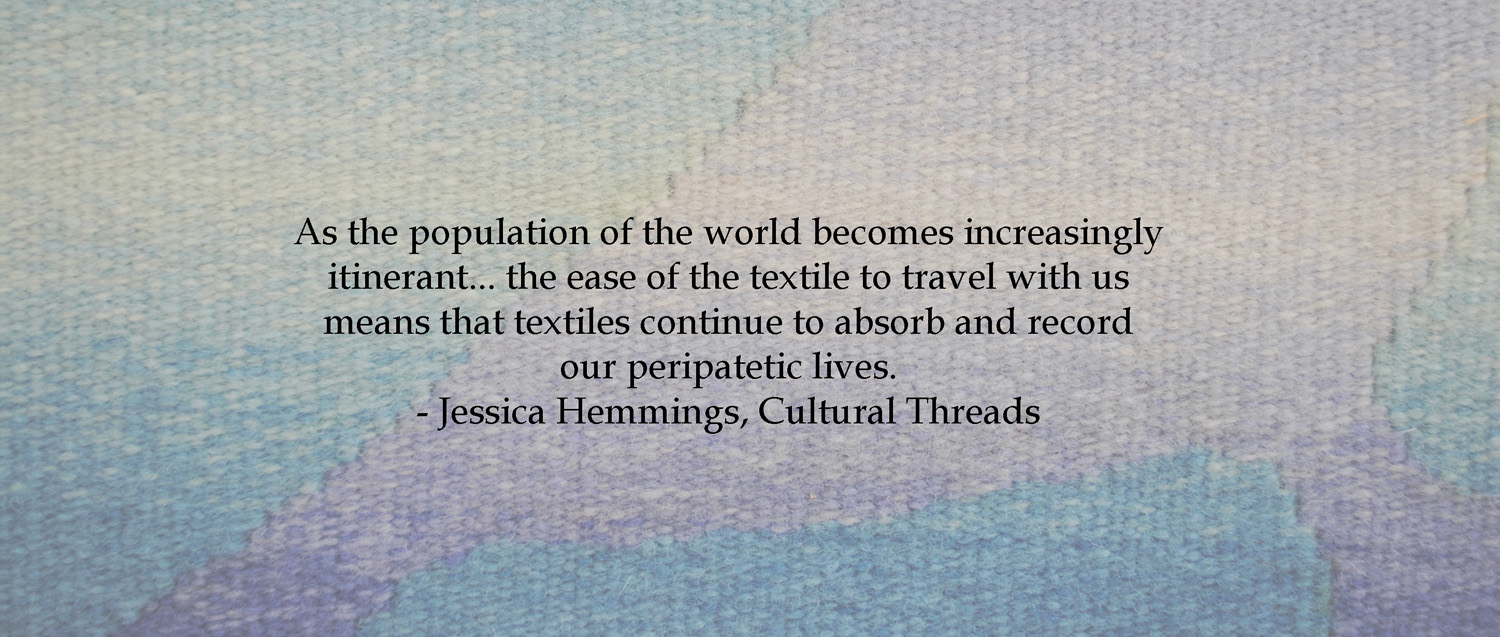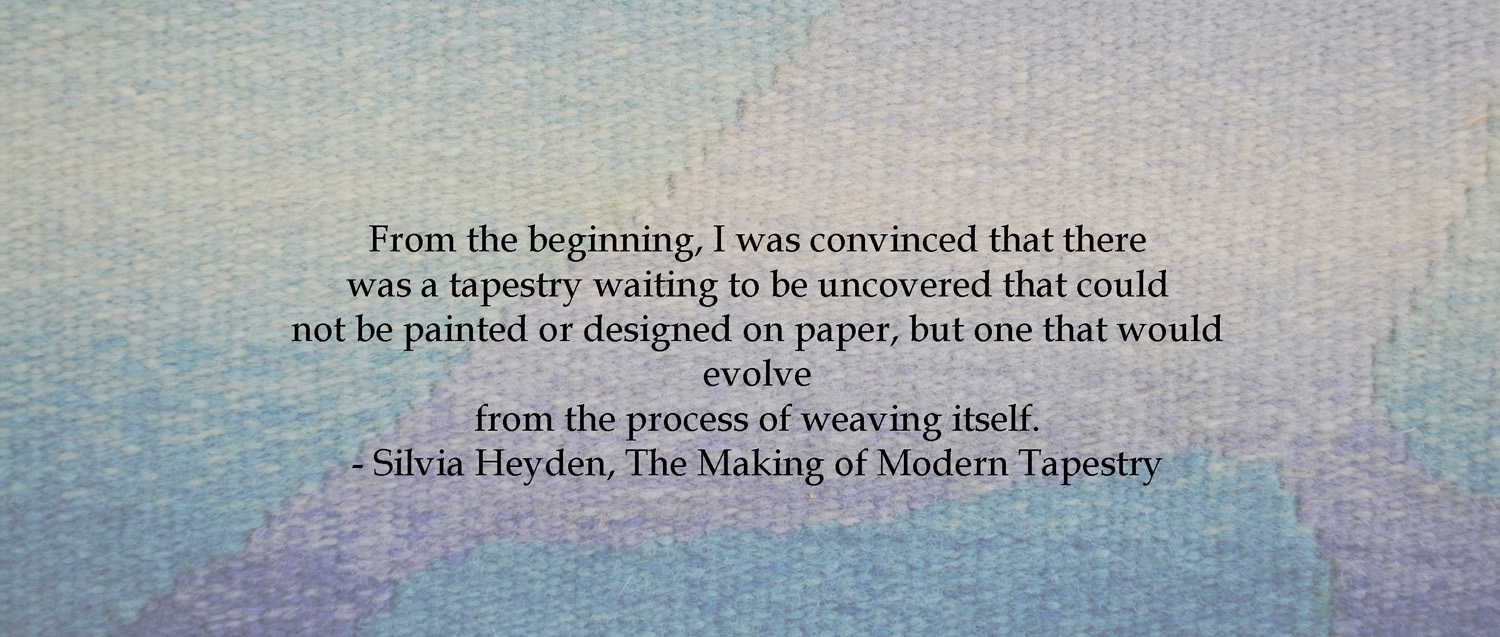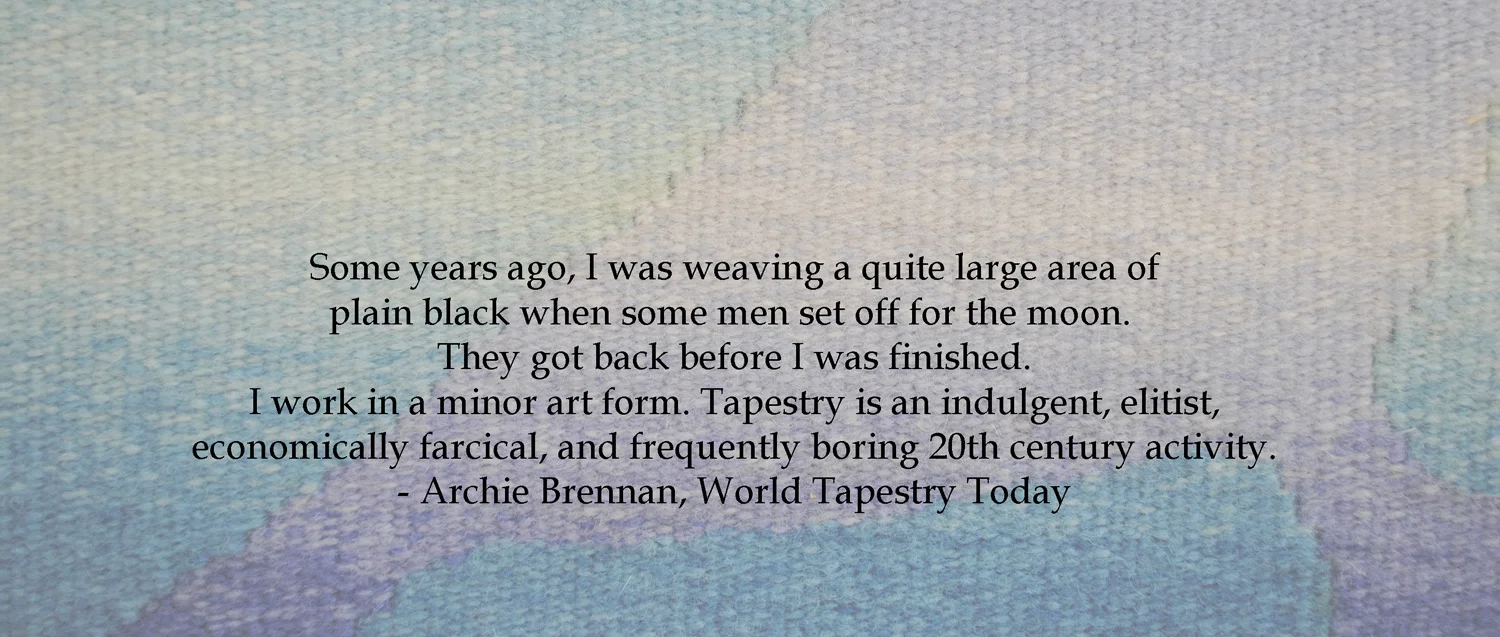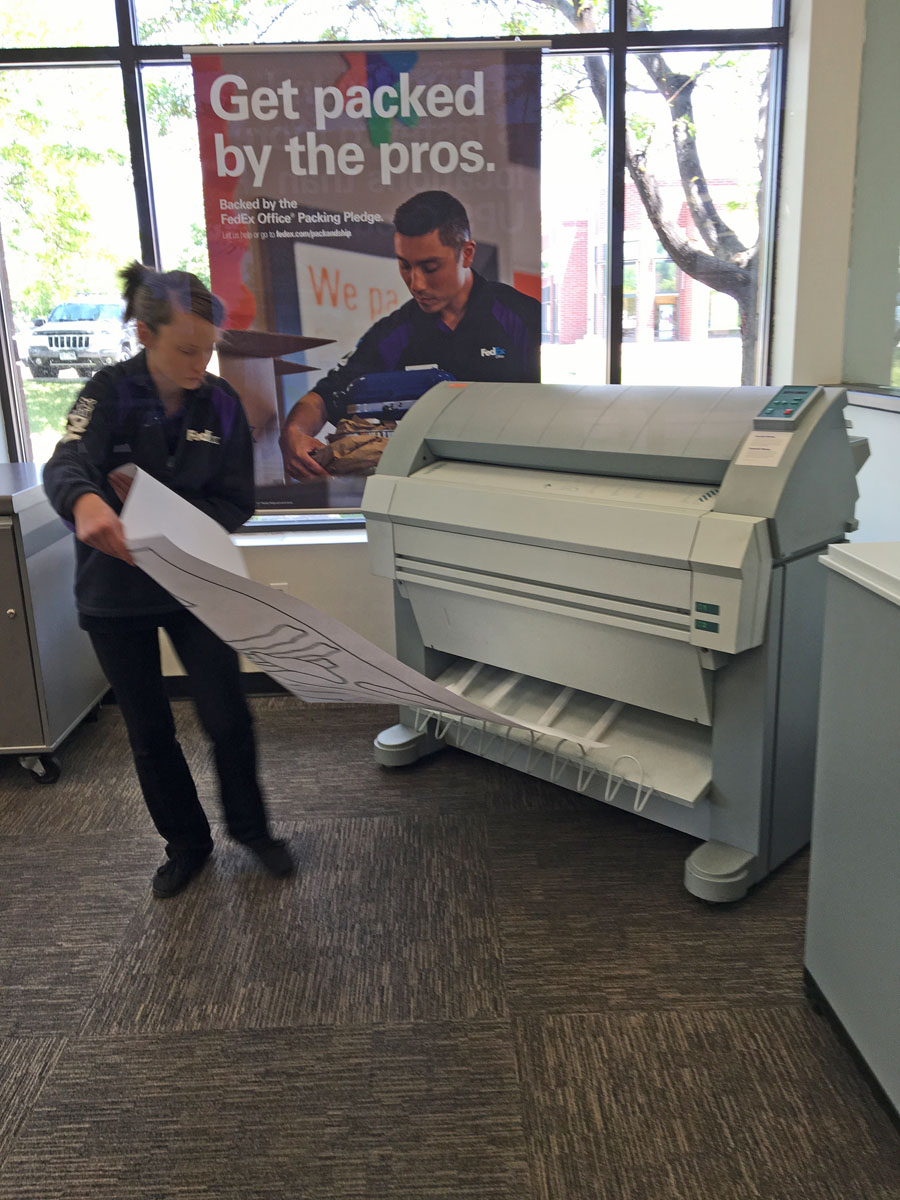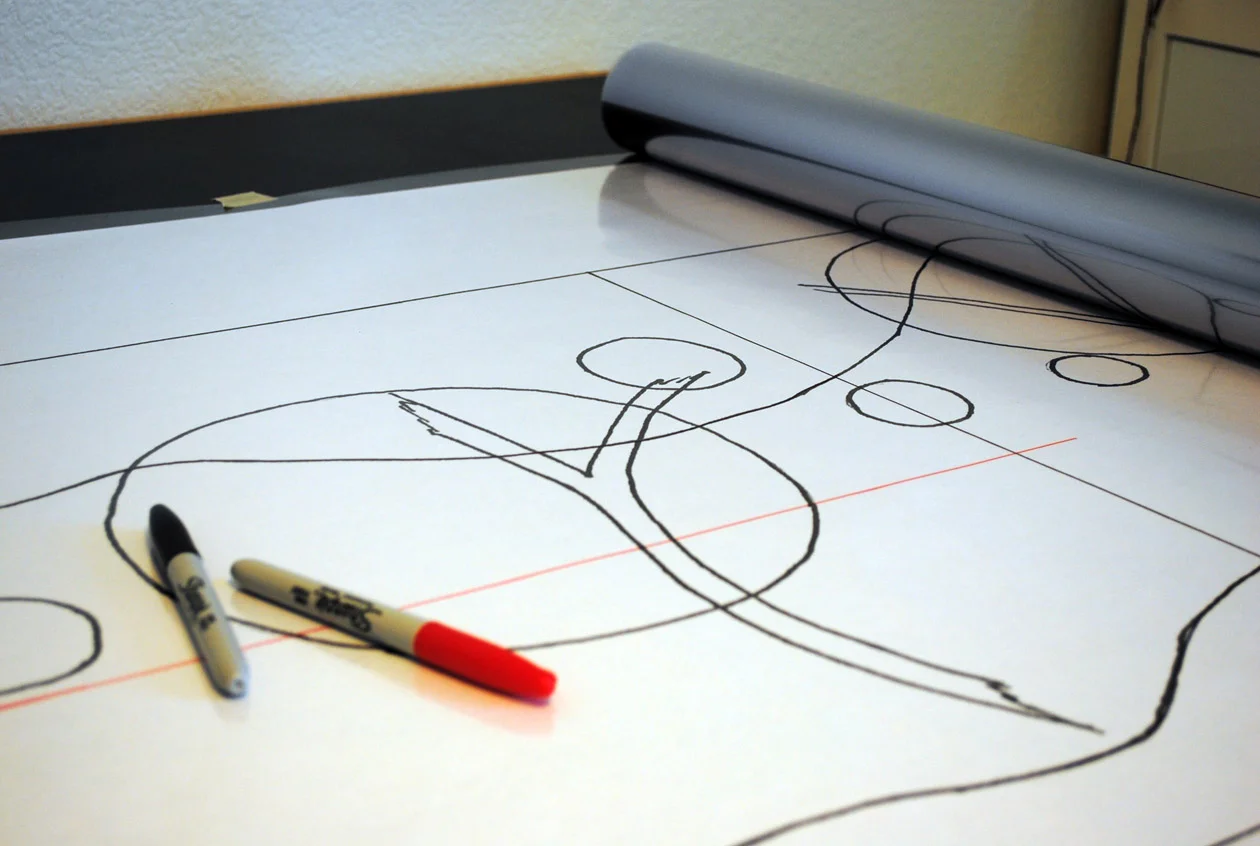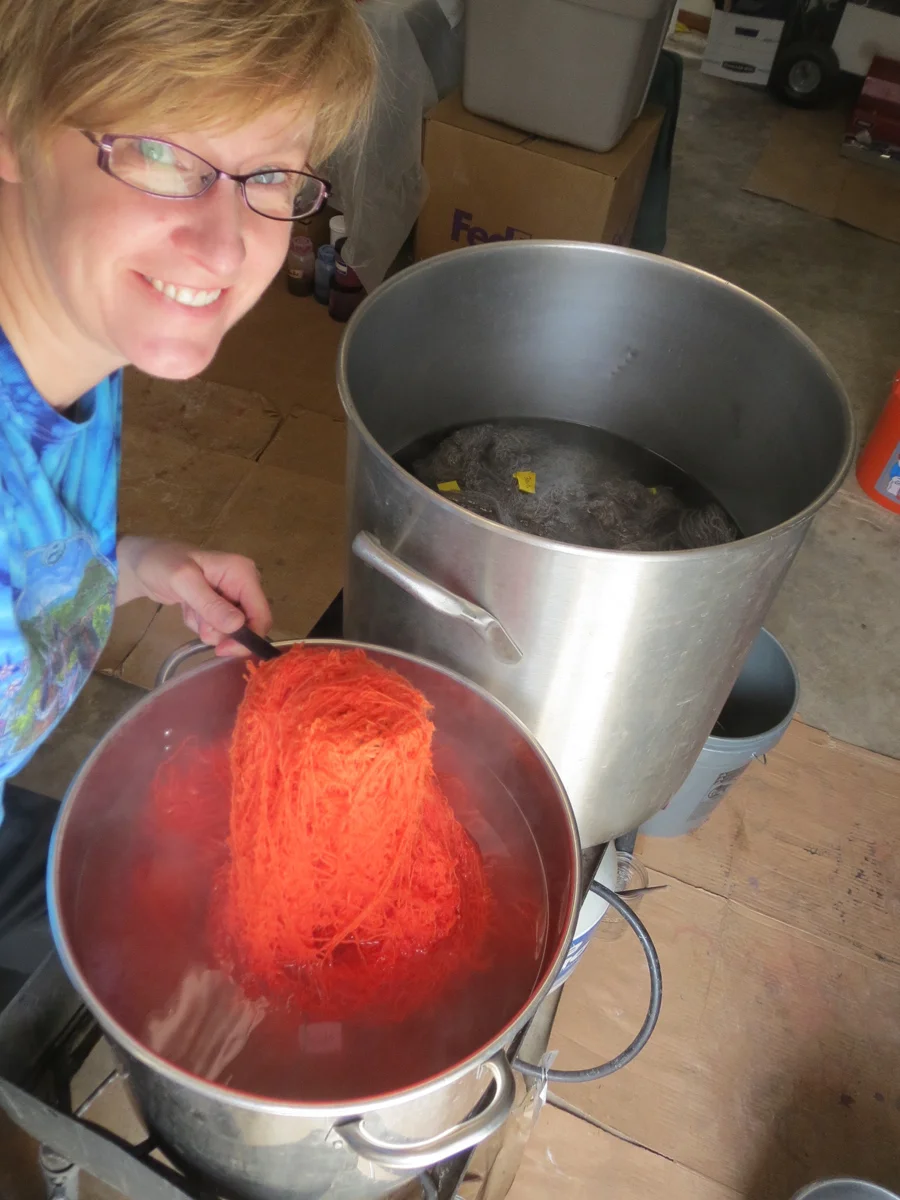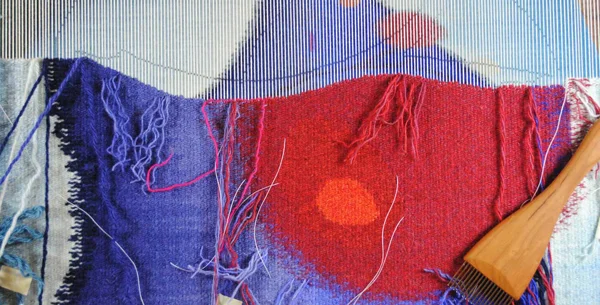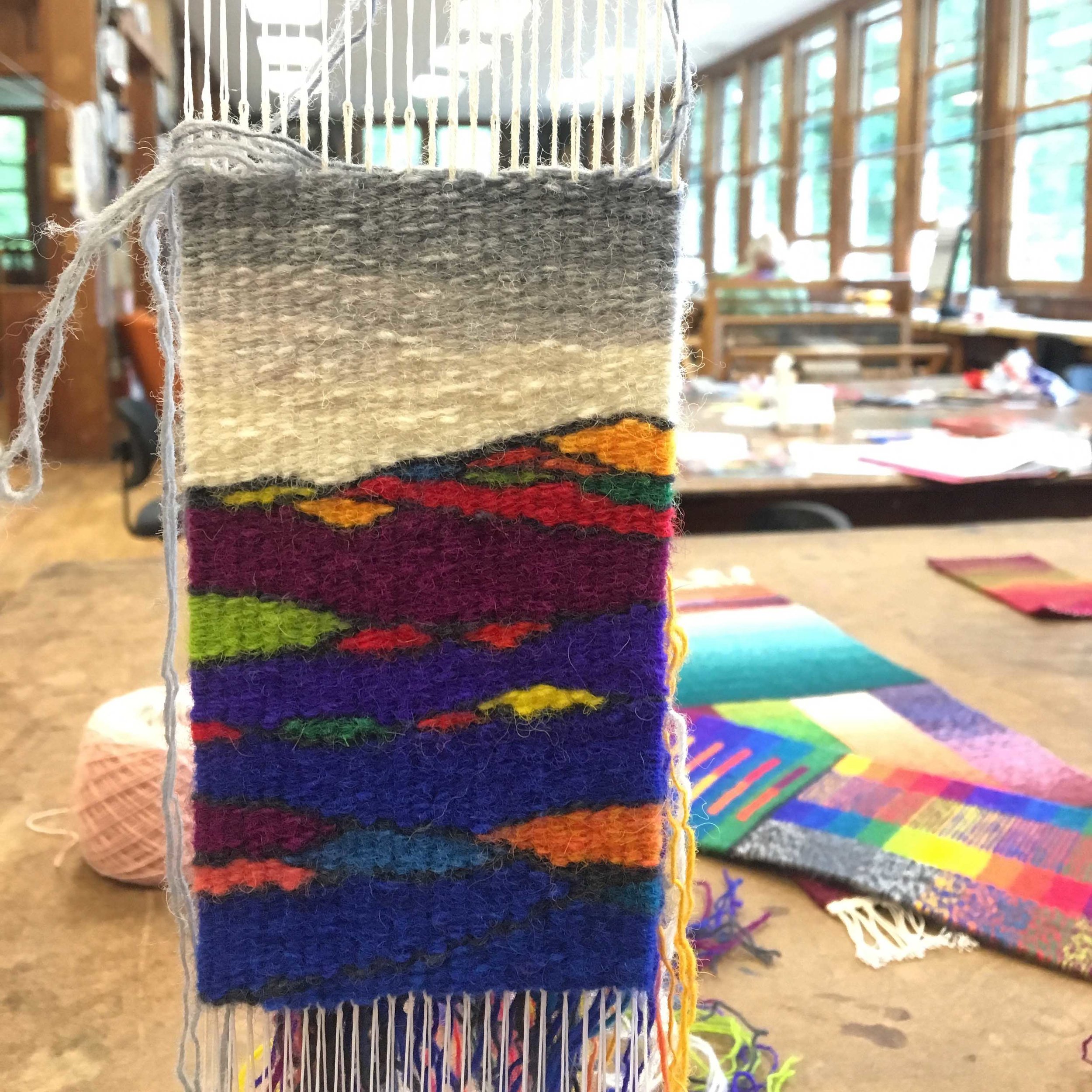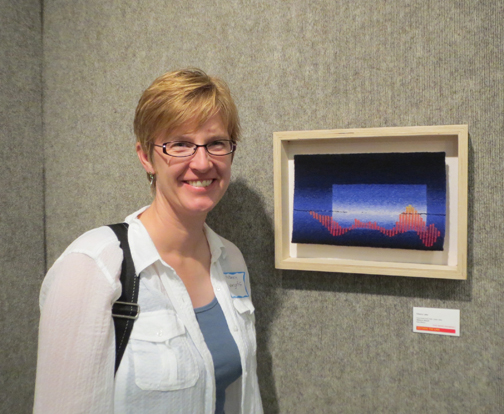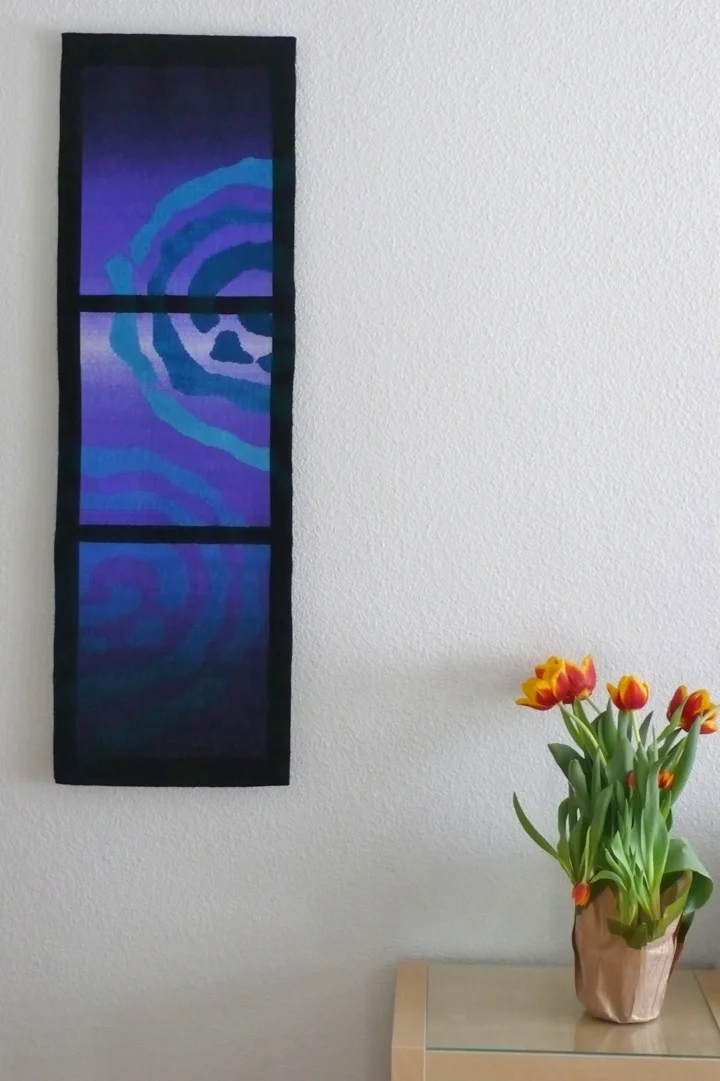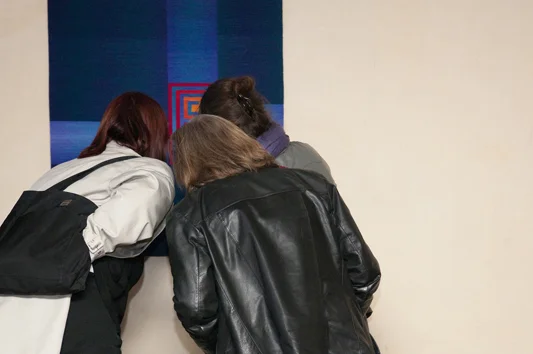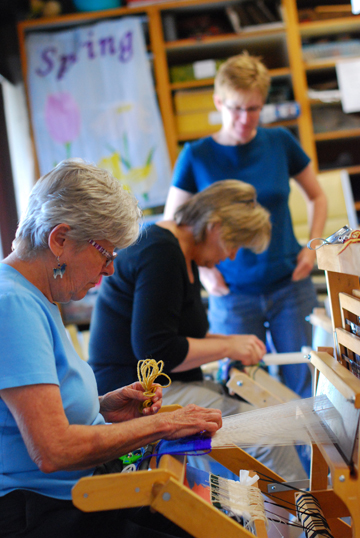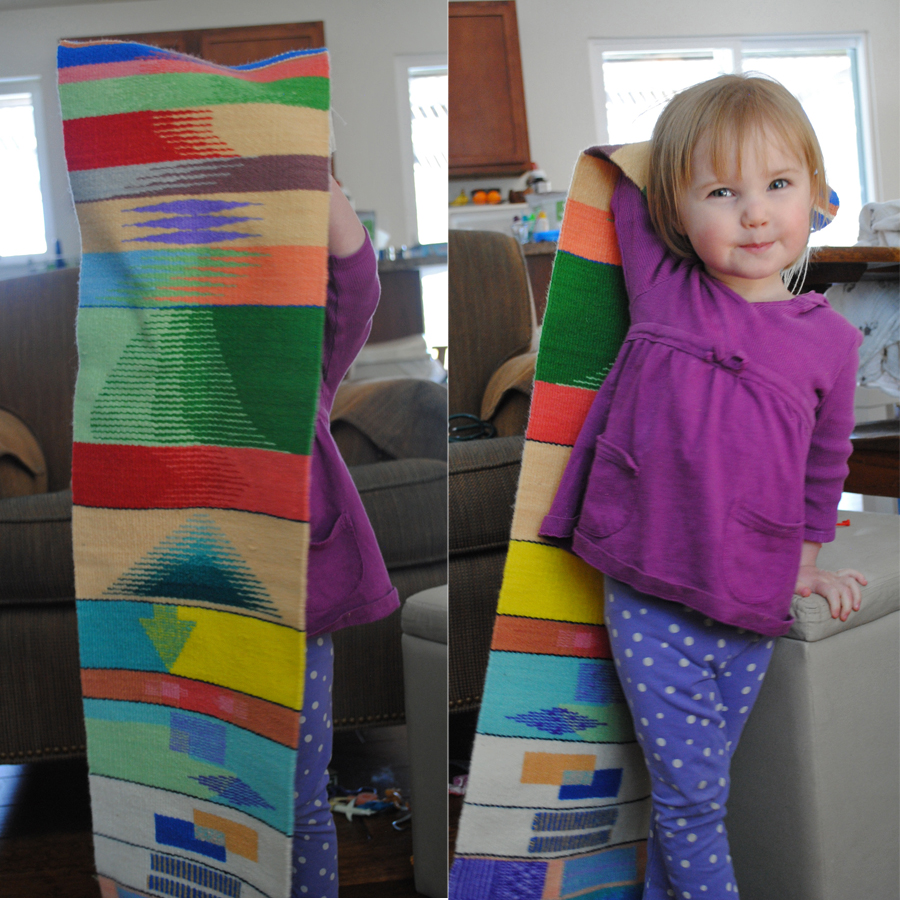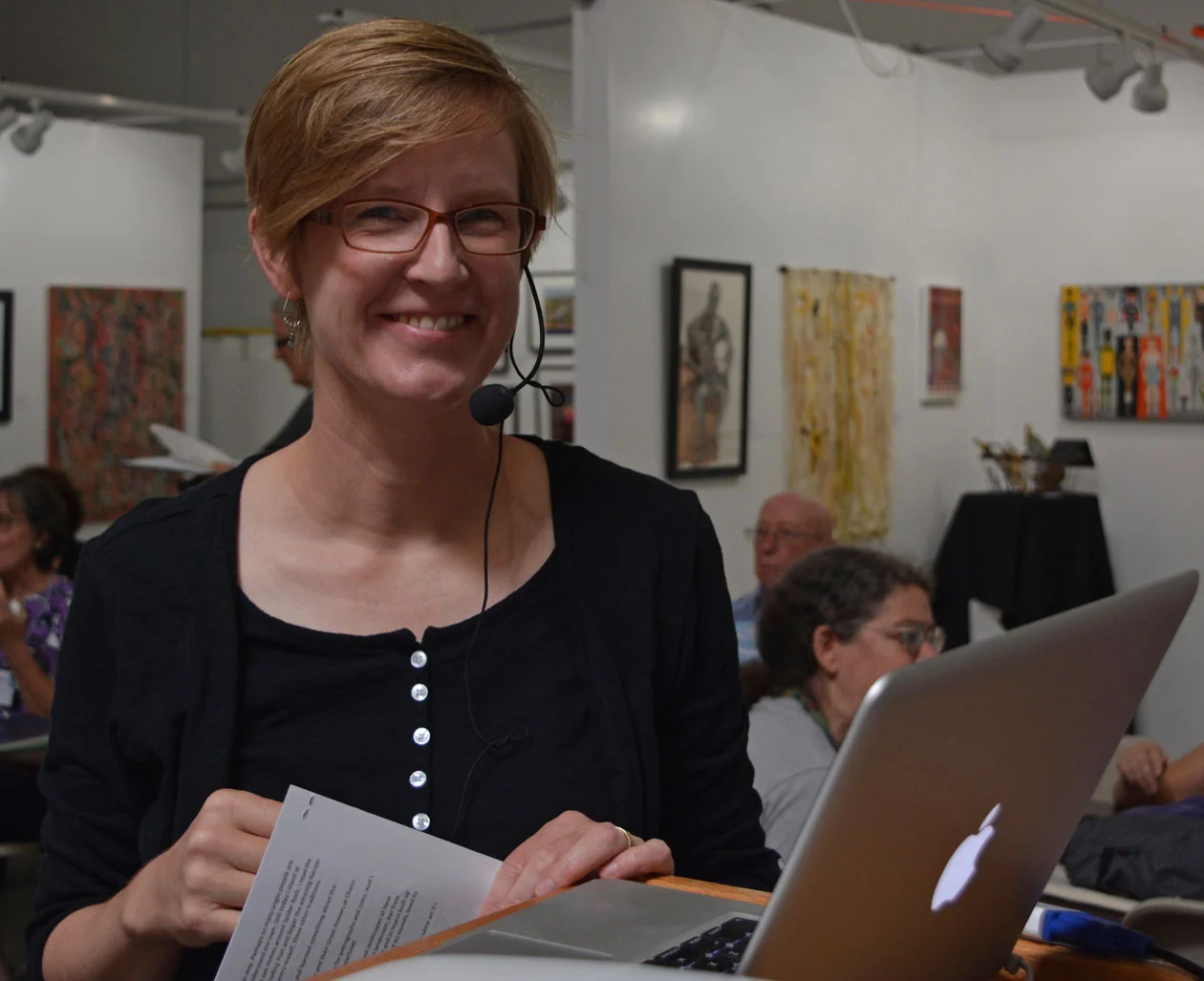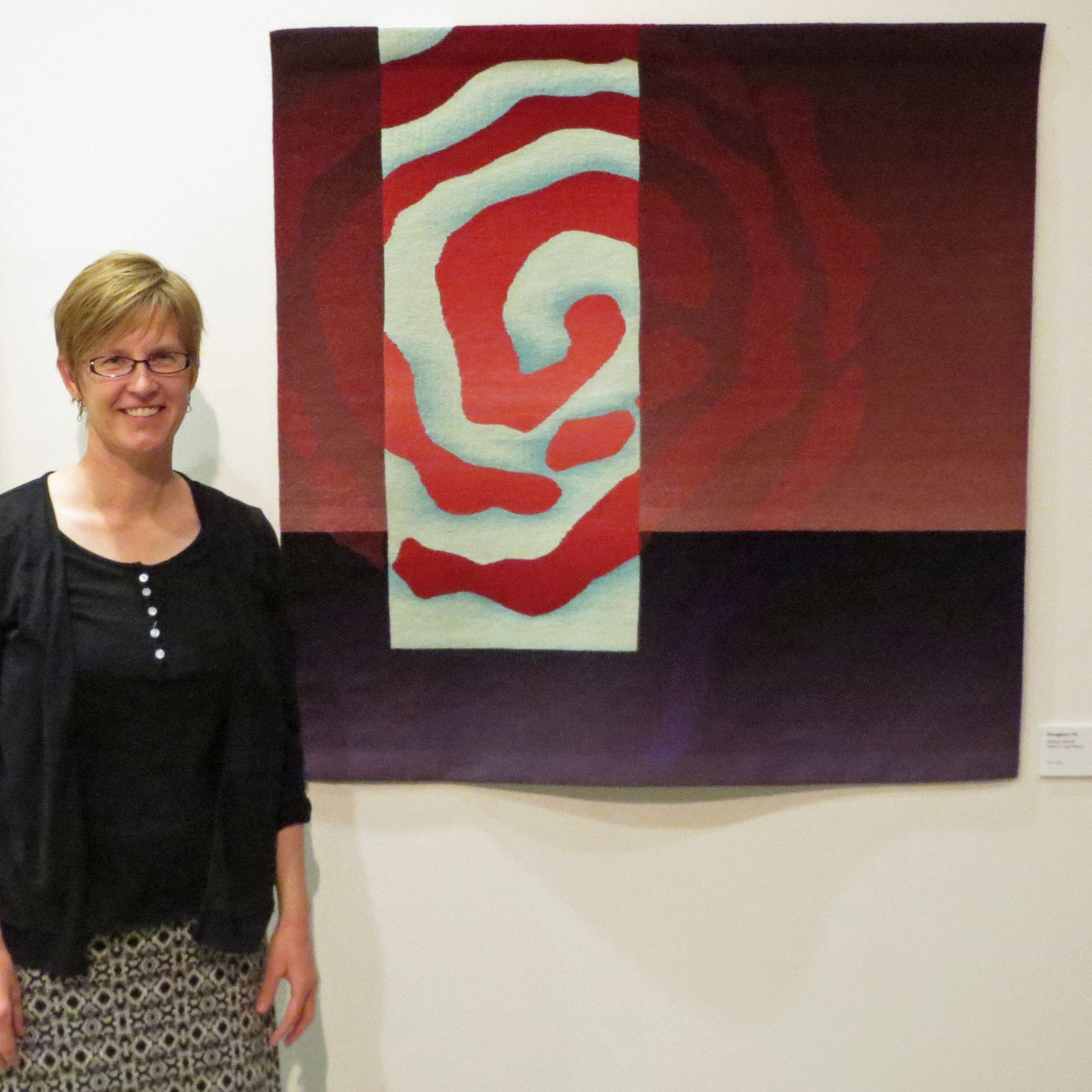“... for creating is the most intense excitement one can come to know.”
What is tapestry?
There are many definitions of this fiber art. In general, the word "tapestry" refers to a weaving structure that uses discontinuous weft to create some kind of image in cloth. Tapestry is a structure that must be hand-woven. Many other fiber arts, most notably needlepoint and jacquard weaving, are called tapestry, but those works are created in a different way.
The American Tapestry Alliance released this beautiful video in January of 2019. It features professional tapestry artist Cecilia Blomberg and shows many aspects of the tapestry weaving process. It is well worth a watch.
Here is a little bit about my tapestry process.
The process of making art starts with design. But design isn't something that I just sit down and do. Images are suggested during my regular life. I might photograph something that strikes me or perhaps sketch it or write some text about it. This collection of thoughts and images is constantly flowing through the back of my mind or piling up in journals, computer files, and stacks of clippings. Eventually something from all that experience comes together and I start formally drawing a design.
Once a design is finalized, I make a full-scale black and white cartoon. I trace this cartoon onto clear acetate which is flipped over and pinned to the warp to guide my weaving.
I dye all my own yarn. I start with an undyed singles yarn made by Harrisville Designs. I skein, weigh, and scour the yarn and then either do a series of test skeins or, if I'm sure about the colors, jump right into dyeing larger amounts for the final project. A single tapestry might have 50-90 colors in it and it can take a week or two to dye all of them. I use sabraset or lanaset acid wool dyes which are extremely lightfast.
Once the yarn is dyed and the cartoon is completed, it is time to weave.
I weave tapestry on low-warp looms from the back. This way of weaving suits my abstract, color-blending style very well.
The image gallery below shows something of my process. Click on the images for a larger image and hover over them for a descriptive caption. Arrow keys will scroll between photos in enlarged mode.
The YouTube video below shows you how I weave on my low-warp Harrisville Rug Loom. The first part of the video is sped up and at about minute 8:30 it switches to real-time speed.
